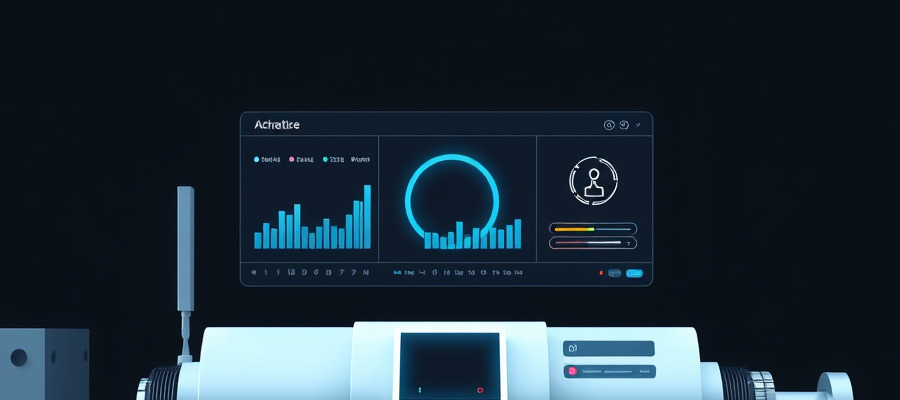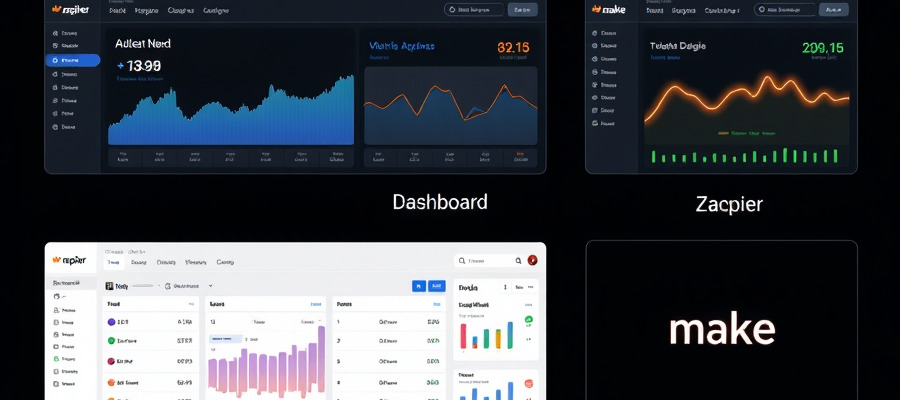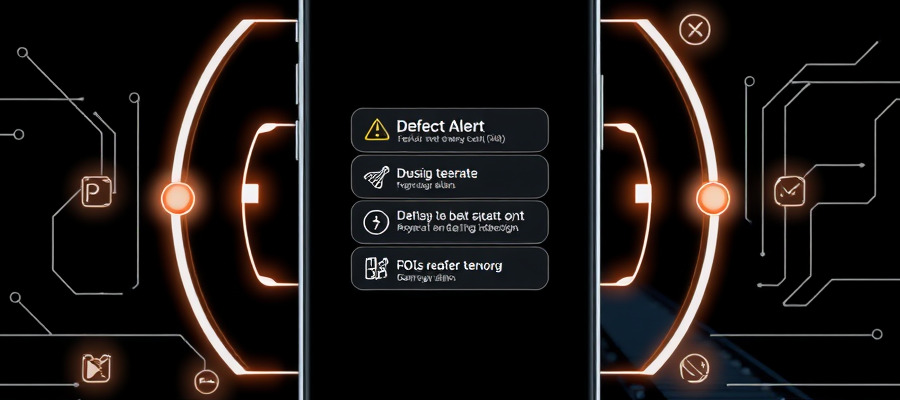Predictive Maintenance Automation for Equipment
Use IoT sensors to predict when machines need servicing before breaking down.

Predictive Maintenance Automation for Equipment: Transforming Industrial Efficiency
Predictive maintenance automation uses advanced technologies like IoT sensors, machine learning, and data analytics to forecast equipment failures before they occur. By analyzing real-time and historical data, businesses can optimize maintenance schedules, reduce downtime, and cut operational costs.
How Predictive Maintenance Automation Works
- Data Collection: IoT sensors monitor equipment parameters (e.g., temperature, vibration, pressure).
- Data Analysis: Machine learning algorithms identify patterns indicating potential failures.
- Alerts & Actions: The system triggers automated workflows (e.g., maintenance requests, part orders) via tools like Zapier or Make.
- Continuous Learning: The model refines itself using new data to improve accuracy.
Key Benefits of Predictive Maintenance Automation
- Reduced Equipment Downtime: Fix issues before they cause breakdowns.
- Lower Maintenance Costs: Shift from reactive to proactive strategies.
- Extended Asset Lifespan: Optimize performance to delay capital expenditures.
- Improved Safety: Prevent accidents caused by malfunctioning equipment.
- Sustainability: Reduce waste and energy use through efficient operations.
According to a McKinsey study, predictive maintenance can lower costs by 20% and downtime by 50%.
Real-World Applications
- Manufacturing: Monitor assembly line robots for wear and tear.
- Energy: Detect anomalies in wind turbines or solar panels.
- Transportation: Predict failures in fleet vehicles using telemetry data.
- Healthcare: Ensure MRI machines and ventilators operate reliably.
Challenges to Consider
- Data Quality: Accurate predictions require clean, structured data.
- Integration Complexity: Legacy systems may need upgrades to support IoT connectivity.
- Initial Investment: Costs for sensors, software, and training can be high (but ROI is strong).
The Future of Predictive Maintenance
Advances in AI and edge computing will enable faster, more localized decision-making. Integration with tools like N8N will streamline cross-platform automation.
Ready to implement predictive maintenance automation?
Contact us today to build a customized solution tailored to your equipment needs. We specialize in automating workflows.

